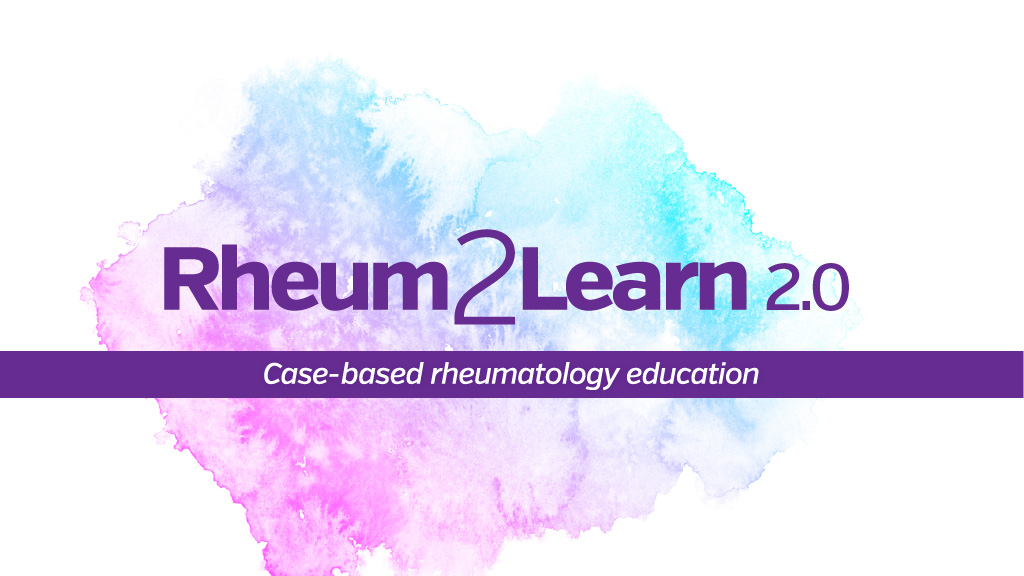
Rheum2Learn 2.0: Osteoarthritis
Activity Overview
Rheum2Learn 2.0 is case-based fundamental clinical rheumatology education for residents. Each interactive activity includes three patient cases that focus on the care and assessment of individuals with rheumatologic diseases.
In this activity, learn about knee, spine, and hand osteoarthritis (OA). Practice identifying clinical manifestations, interpreting x-rays, and developing a differential diagnosis and treatment plan for patients with the degenerative joint disease, osteoarthritis.
Rheum2Learn 2.0 Series
This activity is part of a series. See the other activities in the series below.- Rheum2Learn 2.0: Crystalline Arthritis
- Rheum2Learn 2.0: Infectious Arthritis
- Rheum2Learn 2.0: Inflammatory Myopathies
- Rheum2Learn 2.0: Musculoskeletal Examination
- Rheum2Learn 2.0: Osteoporosis
- Rheum2Learn 2.0: Pediatric Rheumatology
- Rheum2Learn 2.0: Rheumatic Manifestations of Systemic Disease
- Rheum2Learn 2.0: Rheumatoid Arthritis
- Rheum2Learn 2.0: Sjögren’s Disease
- Rheum2Learn 2.0: Systemic Lupus Erythematosus
- Rheum2Learn 2.0: Systemic Sclerosis
- Rheum2Learn 2.0: Systemic Vasculitis
Target Audience
Residents in training who may provide care for patients with rheumatic diagnoses in primary care, inpatient, critical care, and other clinical contexts.
The
activity may also be of interest to medical students, fellows in training,
advanced practice providers, practicing physicians, and other health care
professionals who seek to strengthen their clinical knowledge of rheumatic
diseases.
Learning Objectives
Upon completion of this activity, participants should be able to:
- Recognize clinical presentation of osteoarthritis of the knee
- Understand the pathophysiology of osteoarthritis and how that influences treatment
- Be able to devise treatment plans for patients with osteoarthritis
- Identify differences between inflammatory and non-inflammatory back pain
- Differentiate common mimickers of spinal OA on imaging
- Diagnose diffuse idiopathic skeletal hyperostosis (DISH) and recognize commonly associated conditions
- Recognize hand osteoarthritis clinical presentation and its clinical phenotypes
- Differentiate between osteoarthritis and common inflammatory arthritides affecting the hand (RA, PsA, crystalline arthritis)
- Learn about hand osteoarthritis treatment principles
CE & MOC Information
This activity is not eligible for CME/MOC.
Acknowledgement of Commercial Support
No commercial support was provided for this activity.Educational Activity Policies
See ACR educational activity policies, including the online enduring activity refund policy.